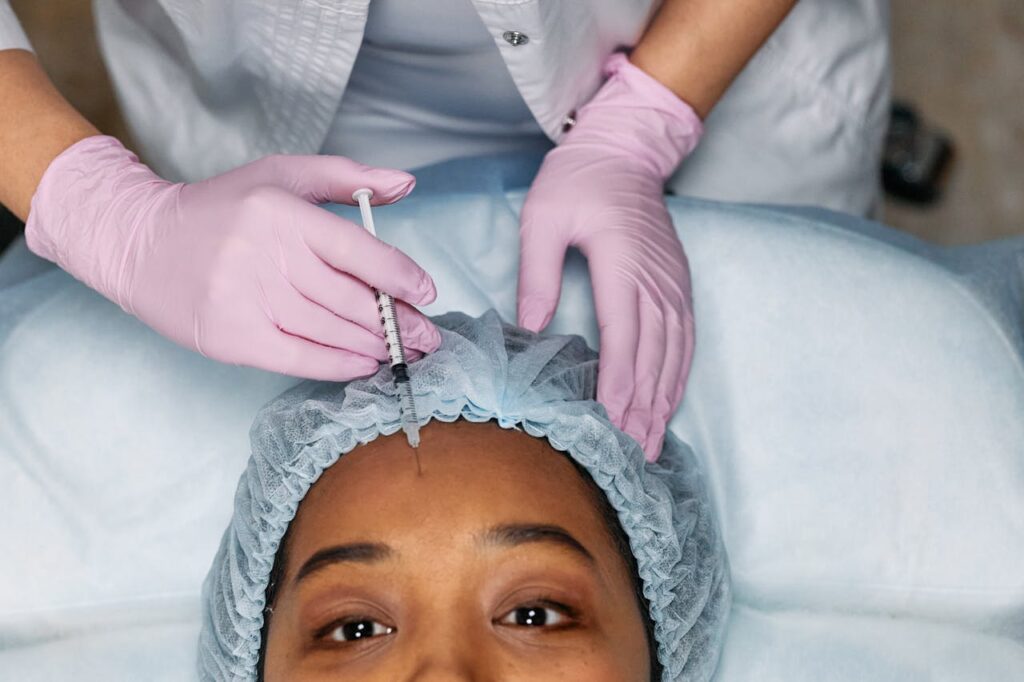The rise of the coronavirus pandemic opened up the way for cosmetic surgeries like never before. A growing number of people, including men, were tired of staring at their faces on Zoom; they went all out to find a fix, which included face lifts, eye lifts, chin lifts, and even tummy tucks.
In the age of screens, facelifts aren’t just for celebrities anymore. Everyone with means can go under the knife to fix whatever they aren’t happy about on their face. According to research by the American Academy of Facial Plastic and Reconstructive Surgery, facelifts continue to be one of the top procedures, with a significant rise in young patients seeking this treatment as well.
Nevertheless, the question raised is: how young are you for a facelift? How do you know when the right time is to get a facelift? If these questions ring any bells, here are a couple of suggestions to consider before you consider such a procedure.
What’s The Right Age for a Facelift?
Doctors agree that when it comes to getting a facelift, age doesn’t play a decisive role. The real deal breaker is your overall health and facial structure. Cosmetic surgeons say that many factors affect how a face looks and how it ages. These include factors like lifestyle choices, genetics, and even the presence of specific disease conditions.
However, you might wonder if someone could be considered too young to undergo a facelift. Granted, that can be a touchy subject, as most doctors don’t mind fixing features on the face. However, one thing doctors agree on is that anyone under the age of 40 shouldn’t get a facelift because at that point, the body doesn’t show visible signs of ageing. Bear in mind that there is a remarkable difference between other procedures, like cosmetic surgeries, and a facelift.
If you are concerned about the features of your face and are under 40, several other procedures can do the job. For example, you can correct and address concerns on your face by using non-invasive procedures like microneedling, lasers, or even fillers.
A facelift surgery isn’t an easy feat. For starters, it involves making incisions to access and lift the deeper facial muscles and tissues. Then, it requires repositioning them to achieve a more youthful look by removing excess skin and stretching it to create a smoother appearance. Any surgery like that requires substantial costs and involves risks; that’s why it’s essential to carefully weigh your options before going ahead.
What Makes you an Ideal Candidate for a Facelift?
One of the first things your cosmetic surgeon will look at is whether you are experiencing skin laxity, which includes sagging skin on the face, neck, or drooping of the eyebrows. Another thing that can provide a clue as to whether you are a good candidate for such a procedure is if you have extensive facial wrinkling. If you have one or more of these conditions, then you are an ideal candidate for a facelift. Nevertheless, you must be in overall good health physically and have realistic expectations of the results on a psychological level.
What Are your Other Options
Granted, having considered these suggestions, you might not ideally want to have a facelift. In this case, have you ever wondered what other options you might have? There are options to consider that many people use.
Botox is increasingly gaining momentum; it reduces the appearance of wrinkles, frowns, and crow’s feet. Certain chemicals in the injection soften the existing lines and prevent new wrinkles from forming. Nevertheless, the effects are temporary, and after a couple of months, you might need to have the Botox injected again in your face when it begins to show signs of ageing.
Another popular option is dermal fillers, which add volume to your face, making it look plump, by reducing the appearance of wrinkles. Fillers are a great option if you begin to lose volume in the cheeks, temples, or around the mouth.
David Messiha | Staff Writer










